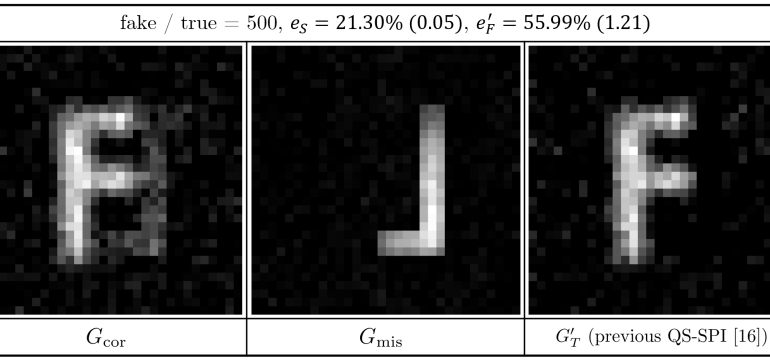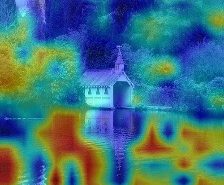Authors: Jaesung Heo, Taek Jeong, Nam Hun Park, Yonggi Jo
Published on: December 06, 2023
Impact Score: 8.3
Arxiv code: Arxiv:2312.03465
Summary
- What is new: A quantum-secured single-pixel imaging technique that identifies spoofing attacks and enables true image reconstruction, a significant advancement over previous methods that were limited by a threshold error rate.
- Why this is important: Previous quantum-secured protocols were limited by a threshold error rate and could not effectively ensure the security of images against spoofing attacks, where adversaries send fake signals to deceive the imaging systems.
- What the research proposes: The proposed QS-SPI technique analyzes a specific mode correlation of a photon-pair, which allows for the identification of both the region targeted by the spoofing attack and the type of attack, enabling the reconstruction of the true image.
- Results: The proof-of-principle demonstration showed successful image reconstruction even when subjected to spoofing signals 2000 times stronger than the true signals.
Technical Details
Technological frameworks used: nan
Models used: Polarization-correlation analysis of a photon-pair for security checks.
Data used: nan
Potential Impact
Quantum computing, cybersecurity firms, and companies specializing in imaging technology could significantly benefit, as well as potentially disrupt traditional security protocols in these industries.
Want to implement this idea in a business?
We have generated a startup concept here: QuantumGuard.



Leave a Reply